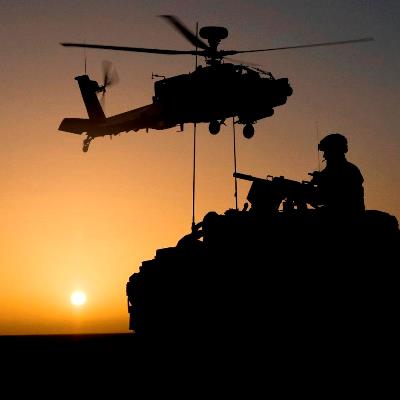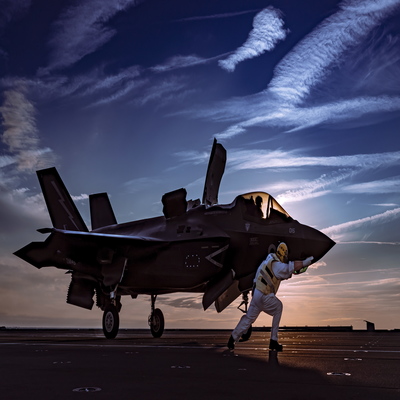This module can only be taken as part of the Expeditionary Warfare Systems Engineering and Technology MSc (USA).
To provide the students with an understanding of the principles, concepts and techniques of various facets of Guided Weapon (GW) design, especially involving the key disciplines of structures, vibrations, aeroelasticity and propulsion.
At a glance
-
- Dates
-
- Please enquire for course dates
- Duration5 days
- LocationNSWC Crane, Indiana, USA
Course structure
Standard academic delivery involving classroom-based lectures, tutorials and practicals/demonstrationsWhat you will learn
On successful completion of this module a student should be able to:
Knowledge and Understanding:
- Evaluate the structural design principles for GW systems.
- Analyse the influences of vibration and aeroelasticity, and evaluate the principles of thermodynamics and gas dynamics on a GW design.
- Analyse the operating principles and key component design features of air-breathing propulsion systems for GW, including turbojets, turbofans and ramjets.
Skill:
- Perform preliminary-level structural design and stress analysis.
- Analyse a GW aeroelastic mechanical design.
- Critically evaluate the key GW design trade-offs which relate to structures, vibrations and aeroelasticity.
Core content
- Structures: the structural design of guided weapons; the behaviour of loaded materials; cylinders and spheres; stresses in beams; bending stresses in beams; second moment of area; beam slope and deflection; beams subject to accelerations.
- Vibrations & Aeroelasticity: Comprehend the various sources of vibrations on a GW, understand the various aeroelastic effects acting on the guided weapon airframe.
- Propulsion – Introduction: General features of missile propulsion systems and definitions/classifications.
- Propulsion – Thermodynamics: Definitions, thermodynamic properties, 1st and 2nd laws of thermodynamics.
- Propulsion – Gas Dynamics: Conservation laws, isentropic flow relationships, duct flows (convergent and convergent-divergent nozzles), Mach number; normal and oblique shock wave properties.
- Propulsion – Performance Parameters: Thrust, specific impulse, effective exhaust velocity, specific propellant consumption, specific fuel consumption, efficiency (overall, thermal and propulsive).
- Propulsion – Flight Mechanics: Range and velocity equations.
- Propulsion – Rockets and Air-Breathers: Description and features, history, military applications, criteria of performance, component design, thermodynamic analysis.
Location and travel
Read our Professional development (CPD) booking conditions.


